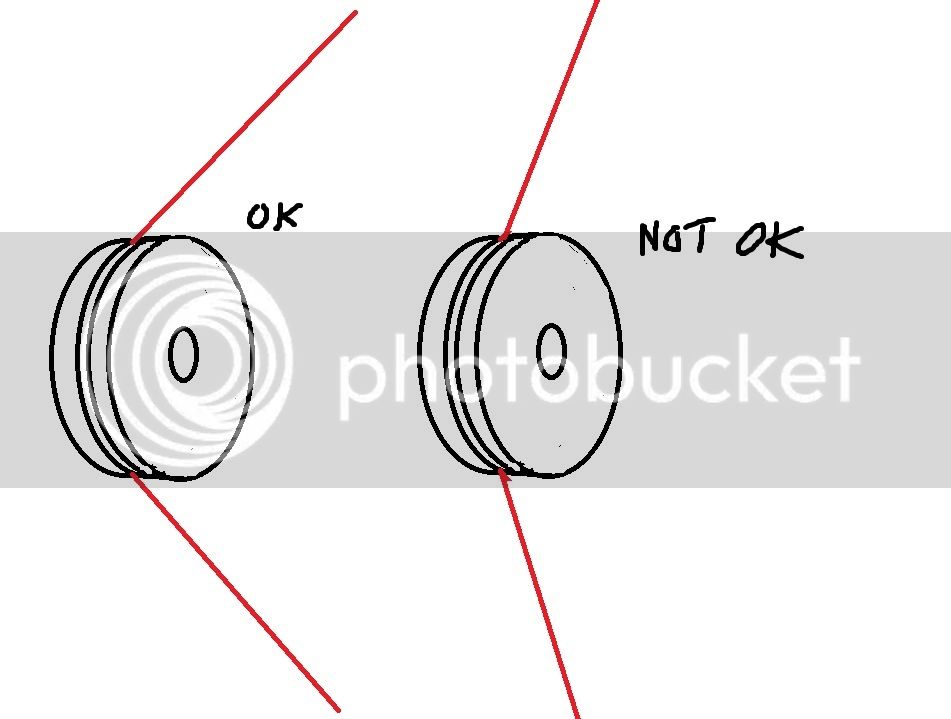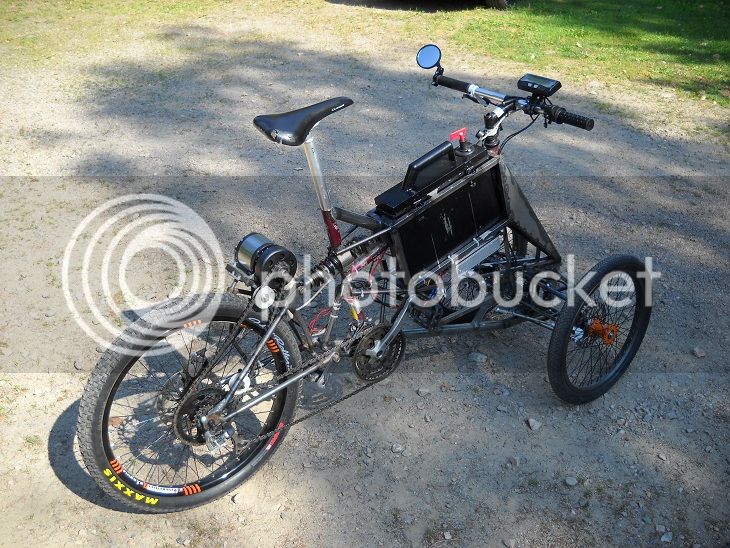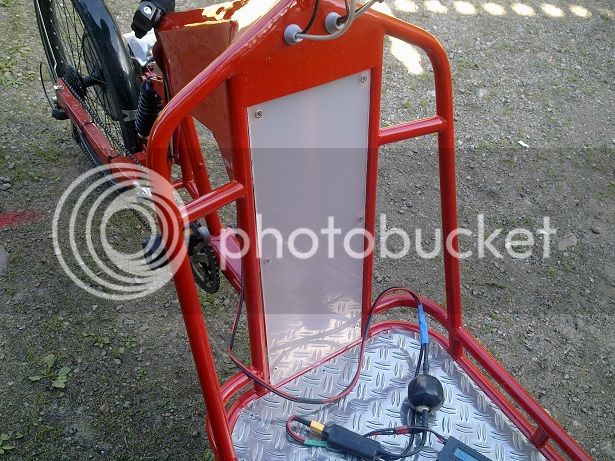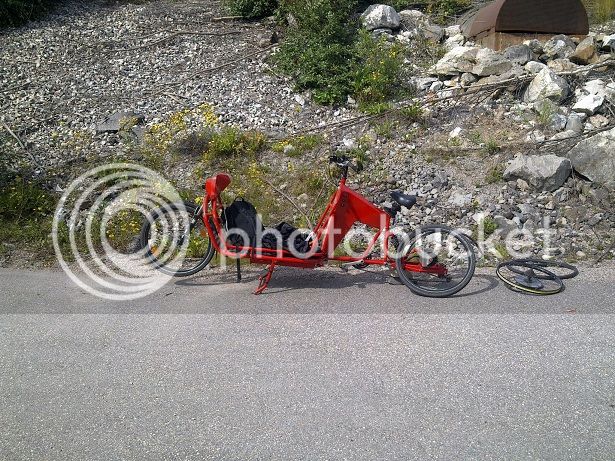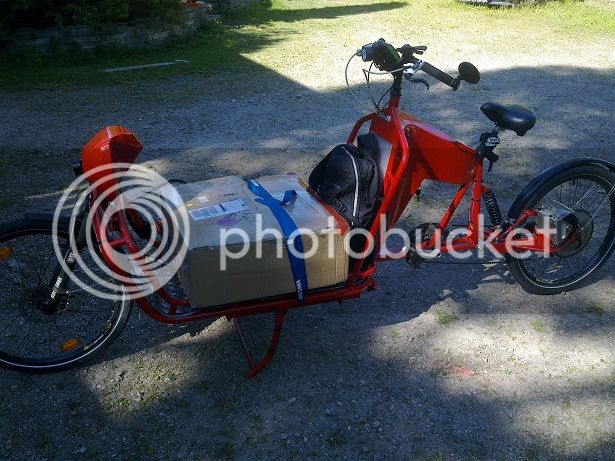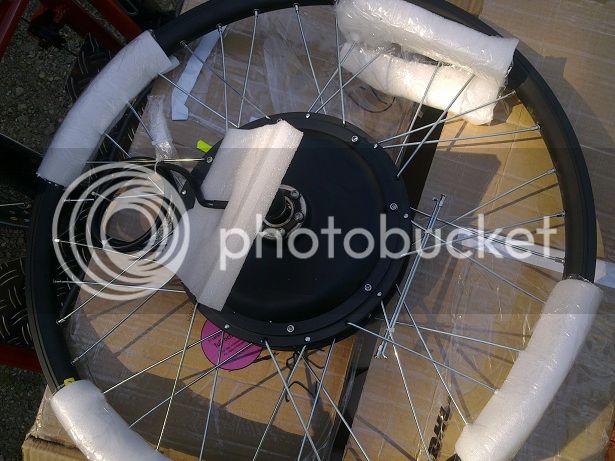John in CR
100 TW
Sorry I forgot to mention in my previous post that the bike looks great. I wish I had the skills to copy a lot of what you did.
One thing I haven't seen mentioned is your terrain. I've never been to Sweden, but it seems like flat roads would be hard to find, or do they follow the topography and are curvy to keep the elevation near constant? Changing elevation is a big hit to wh/km.
If you can get the info for inclusion in Miles' motor comparison spreadsheet for the 120 Pro, then we can determine your optimum gearing. Does your system get speed from the controller or a hall signal, or from a sensor on the wheel? If you can get it without the chain on that would be perfect. The needed info is:
1. No load current at 2 different rpm. If you make one of them the rpm of your typical cruising speed, that will make things event easier to analyse.
2. Actual Kv. I know they say it's 45rpm/volt, but actual is better because it gives you actual torque per amp.
3. Phase-to-phase resistance of the motor. Simply put a low constant current through one phase and out another, and measure the voltage drop. It's too low to measure with a common multimeter. eg My version 1.0 Revolt 120 is 27mOhms. It seems like I remember that they fit more copper on the Pro, so yours may be even lower.
This info is more important for the 120, because the larger stator and thicker laminations make the iron core losses a key component of the analysis, since you're running at so much greater than hubmotor rpm.
John
One thing I haven't seen mentioned is your terrain. I've never been to Sweden, but it seems like flat roads would be hard to find, or do they follow the topography and are curvy to keep the elevation near constant? Changing elevation is a big hit to wh/km.
If you can get the info for inclusion in Miles' motor comparison spreadsheet for the 120 Pro, then we can determine your optimum gearing. Does your system get speed from the controller or a hall signal, or from a sensor on the wheel? If you can get it without the chain on that would be perfect. The needed info is:
1. No load current at 2 different rpm. If you make one of them the rpm of your typical cruising speed, that will make things event easier to analyse.
2. Actual Kv. I know they say it's 45rpm/volt, but actual is better because it gives you actual torque per amp.
3. Phase-to-phase resistance of the motor. Simply put a low constant current through one phase and out another, and measure the voltage drop. It's too low to measure with a common multimeter. eg My version 1.0 Revolt 120 is 27mOhms. It seems like I remember that they fit more copper on the Pro, so yours may be even lower.
This info is more important for the 120, because the larger stator and thicker laminations make the iron core losses a key component of the analysis, since you're running at so much greater than hubmotor rpm.
John


